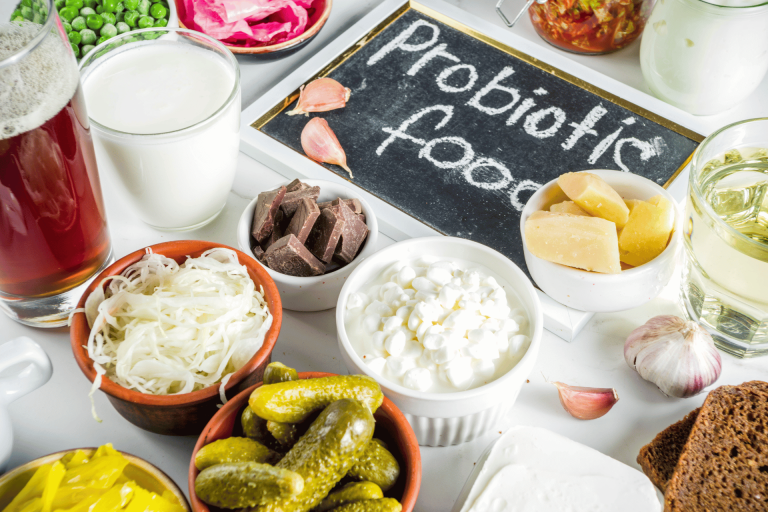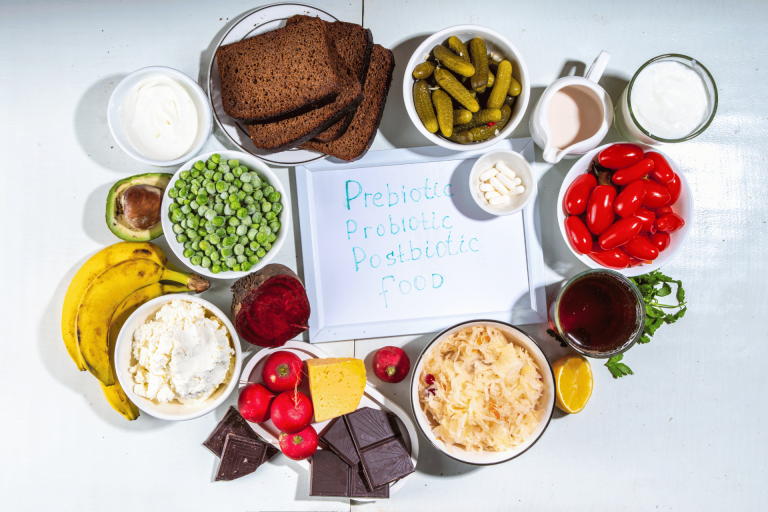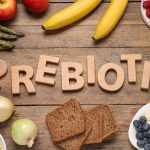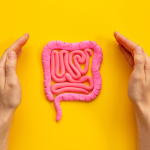Introduction:
Your gut is home to trillions of bacteria that play a critical role in your digestion, immunity, and even mental health. But just like a garden, your gut microbiome needs the right “fertilizer” to thrive—and that’s where prebiotics come in.
Prebiotics are specialized plant fibers that feed the good bacteria in your gut, helping them multiply and fight off harmful pathogens. But what foods have prebiotics, and how can you incorporate them into your meals?
In this guide, we’ll reveal the top 25 prebiotic-rich foods backed by science, explain their benefits, and share simple tips to optimize your gut health starting today.
A What Are Prebiotics? (And Why Do They Matter?)
Before diving into the list, let’s clarify:
Prebiotics are non-digestible fibers that act as fuel for probiotics (good gut bacteria).
Unlike probiotics (live bacteria found in fermented foods), prebiotics are indigestible by humans—meaning they reach the colon intact to nourish your microbiome.
Key benefits of prebiotics include:
✅ Strengthening gut barrier function to prevent “leaky gut.”
✅ Boosting calcium absorption for stronger bones.
✅ Reducing inflammation and supporting immune health.
✅ Balancing blood sugar and curbing cravings.
Without prebiotics, even the best probiotics can’t survive. Let’s explore the best food sources!

Top 25 Prebiotic-Rich Foods to Eat Regularly.
Here’s your ultimate list of prebiotic-packed foods, categorized for easy shopping and meal planning:
1.Vegetables High in Prebiotics:
Garlic: Contains 17% prebiotic fiber (inulin) per serving. Fights bad bacteria and supports heart health.
Onions: Rich in inulin and FOS (fructooligosaccharides). Add raw to salads or cooked to soups.
Leeks: A milder cousin of onions, perfect for stir-fries or roasted dishes.
Asparagus: Provides 2-3 grams of prebiotic fiber per cup. Try grilled or blended into soups.
Jerusalem Artichokes (Sunchokes): Pack 76% of your daily fiber needs in one cup!
2. Prebiotic Fruits:
Bananas (slightly underripe): Higher in resistant starch, which feeds gut bacteria.
Apples: Pectin in apple skin acts as a prebiotic. Eat with the peel for maximum benefit.
Berries: Blueberries, strawberries, and raspberries offer fiber and antioxidants.
Dragon Fruit: Contains oligosaccharides that promote Lactobacillus growth.
3. Whole Grains & Legumes:
Oats: Beta-glucan in oats fuels gut bacteria and lowers cholesterol.
Barley: Rich in beta-glucan and resistant starch.
Lentils: A double win—fiber for your gut and plant-based protein.
Chickpeas: Hummus is a tasty way to get prebiotics!
4. Roots & Tubers:
Dandelion Greens: Brew as tea or add to salads (64% fiber content!).
Chicory Root: Often used in coffee alternatives; contains 68% inulin.
Jicama: Crunchy, low-calorie, and loaded with inulin.
5. Other Surprising Sources:
Seaweed: Nori, kelp, and spirulina offer unique prebiotic fibers.
Cocoa: Dark chocolate (70%+ cocoa) contains flavanols that feed good bacteria.
Flaxseeds: Soak or grind them to access their prebiotic benefits.
How to Add Prebiotic Foods to Your Diet.
You don’t need a drastic overhaul! Try these easy swaps:
Breakfast: Add oats, bananas, or flaxseeds to smoothies.
Lunch: Toss asparagus, leeks, or jicama into salads.
Snacks: Dip veggie sticks in hummus or enjoy dark chocolate.
Dinner: Roast garlic, onions, or Jerusalem artichokes as sides.
Pro Tip: Start slowly—too much prebiotic fiber at once can cause bloating. Gradually increase intake and drink plenty of water.
A: Whole foods are best, but supplements like inulin powder can help if you’re struggling to meet needs.
Q: Are prebiotics safe for everyone?
A: Most people tolerate them well, but those with IBS may need to avoid high-FODMAP options like garlic or onions.
Q: How long until I see results?
A: Gut health improvements can take 2-4 weeks. Consistency is key!
Conclusion: Your Gut Will Thank You!
Now that you know what foods have prebiotics, it’s time to stock your kitchen and start nourishing your microbiome. From better digestion to glowing skin and a stronger immune system, prebiotic-rich foods are a simple yet powerful way to invest in long-term health.
Ready to begin? Pick 2-3 foods from this list, add them to your next grocery haul, and watch your gut—and overall wellness—transform!
Learn more:
Hurry up! Get 25% off now for a limited time offer.




